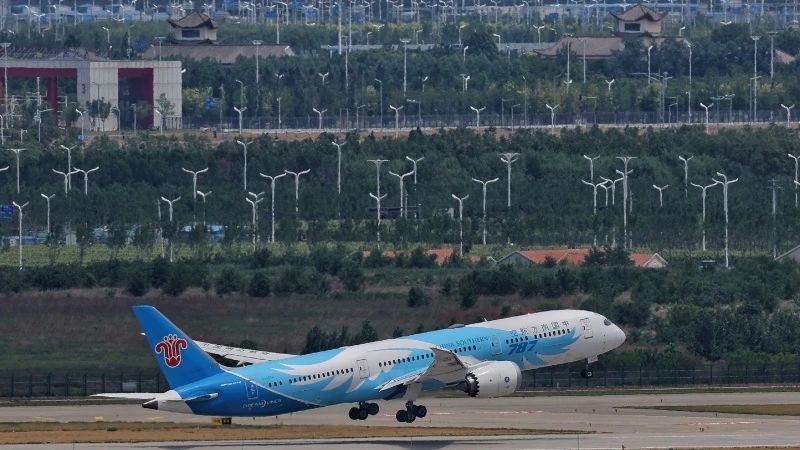
China Southern Airlines announced on Monday that it has officially launched the first direct flight route connecting the capitals of China and Tajikistan—a significant move aimed at boosting bilateral ties and regional connectivity within Central Asia.
The inaugural flight, CZ6051 operated by China Southern Airlines, successfully flew 173 passengers from Beijing to Dushanbe, the capital of Tajikistan. The flight was conducted using a Boeing 787 Dreamliner, while regular services will be operated by Boeing 737-8 aircraft. The journey spans roughly six hours and will be available twice a week—on Tuesdays and Saturdays.
The new service will allow travelers to connect to other major Chinese cities including Guangzhou in Guangdong Province, Hangzhou in Zhejiang Province, Changsha in Hunan Province, and Wuhan in Hubei Province. For those heading to or from cities such as Shanghai and Hefei, seamless connections can be made within just five hours.
According to the airline, this new air link is expected to significantly cut travel time between the two nations, enhance connectivity, and promote greater people-to-people exchanges as well as economic collaboration.
The launch of the Beijing-Dushanbe route underscores the deepening cooperation between China and Central Asian countries under the Belt and Road Initiative (BRI). As reported by Guangming Daily, infrastructure development, trade partnerships, and cultural exchanges have all seen notable progress, positioning Central Asia as a leading example of successful BRI collaboration.
Meanwhile, on June 1, a flight carrying more than 160 passengers from Tashkent, the capital of Uzbekistan, landed at Urumqi Tianshan International Airport in China’s Xinjiang Uygur Autonomous Region. This marked the arrival of the first group of Uzbek tourists under the recently implemented mutual visa exemption agreement between China and Uzbekistan. According to Xinhua News Agency, the visitors were among the first to benefit from the new policy, which aims to facilitate easier travel and stronger people-to-people ties.
Together, these developments highlight the growing momentum in China-Central Asia relations and the region’s increasing role as a key hub for regional cooperation and integration.






